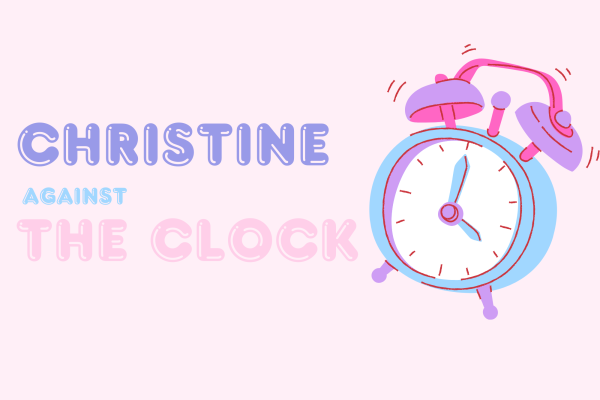A vote for year-round school

Under a proposed plan offered by guest columnist David Figueroa, the school year would be best if adjusted to a full year schedule with summer vacation reduced to just a few weeks.
It starts with Thanksgiving break, the first in a series of hard earned breaks, that give students an excuse to lie back and enjoy days away from school. Now, with their brains back in school mode, students can begin to look forward to winter break, the second big break of the school year.
Yes, these breaks are well deserved. And yes, students should have several breaks throughout the school year to help them relax and refresh their minds. However, these breaks are too long, too few, and too far in between. Thanksgiving and spring break are completely fine. A week off of school is completely reasonable. I am specifically referring to winter and summer.
Winter break is the most reasonable of the two, as it is only 16 days long, but summer? Who in their right mind thought that giving students three whole months off of school was a good idea? Both of these breaks are so long that students are almost guaranteed to forget everything they learned in the weeks and months previous to the break.
In the past, breaks were given to students so that they could help out their parents around the house, on the farm, or wherever help was needed. In the winter, parents would need help heating the home. In the summer, they would need help planting and tending to their crops. Back in the 1800’s to early 1900’s, these breaks were fine, and they made a lot of sense. However, with advances in technology, many parents no longer need their children to help them out around the house as much as they used to.
These long breaks are now used mainly for relaxing and hanging out with friends. The whole purpose of these breaks is gone, and the main reason they are kept is because of tradition. Of course, another possible reason is that it is easy to not change them, but it would make everything much easier in the long run.
That’s not to say students shouldn’t get breaks throughout the year. However, students should have many short breaks throughout the year, such as Thanksgiving and spring, and they should be evenly spread out throughout the year.
For example, at the beginning of the year, students should have a full marking period to get in the groove and start learning the rules of their classes. At the end of this marking period, students should get a short week to a week and a half long break. Then, after this break is over, students should have until the next progress report, then a break. After that, students should have short breaks every three weeks. It should proceed like this throughout the rest of the school year. At the end of the school year, students should then get a month and a half off from school for their summer vacation.
There are many benefits to this. It would give students an opportunity to rest in between grading period halves, and if they had a bad average for the previous IPR or report card, it gives them some time to get their act together and plan for what they are going to do differently.
Having several short breaks instead of a few long breaks would make the school year more efficient for everyone.
Some may say that this plan would create problems for teachers. They say that this would make planning harder than it already is for teachers since it would take time to get used to this new plan.
While it is true that adjusting to the new plan would take some time, it would hardly take the amount of time that many estimate that it would. The total amount of school days is not changing, only being spread out more, all that teachers would need to do would be to spread out their lesson plans and add a small amount of review time after the break in order to ensure that students remember and understand what they did before the break.
Another problem with the current plan is that it interferes with the students ability to learn. Except for the weekends and occasional days off here and there, the only time off of school that students get are the few long breaks that we have. Since the stretch between the winter and spring breaks is so long, students often find themselves feeling drained and tired at school, and not at all eager to learn.
With this new plan, things would so much easier on students. They would not feel as tired and drained, and having frequent breaks would make it so much easier for them to get their much needed rest.
Of course, this plan would affect extracurriculars, as well. Students involved in sports or fine arts would likely have to spend part of these new breaks practicing or rehearsing but that’s no different than the current system.
This new plan would also be a plus for teachers since instead of being forced to deal with grumpy, tired students each day, they would now have classes full of lively, refreshed students, ready to learn at the beginning of each day.
With this plan, the school year would be much more enjoyable for both teachers and students. It would give students the much deserved breaks they need, and would also make things much more pleasant in the classroom.

Henry Youtt is a senior and enjoys staying busy with whatever he may be doing. He’s the Vice President of National Honor Society and works as a promotional...







